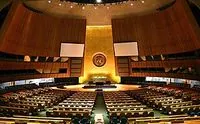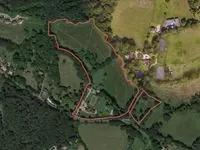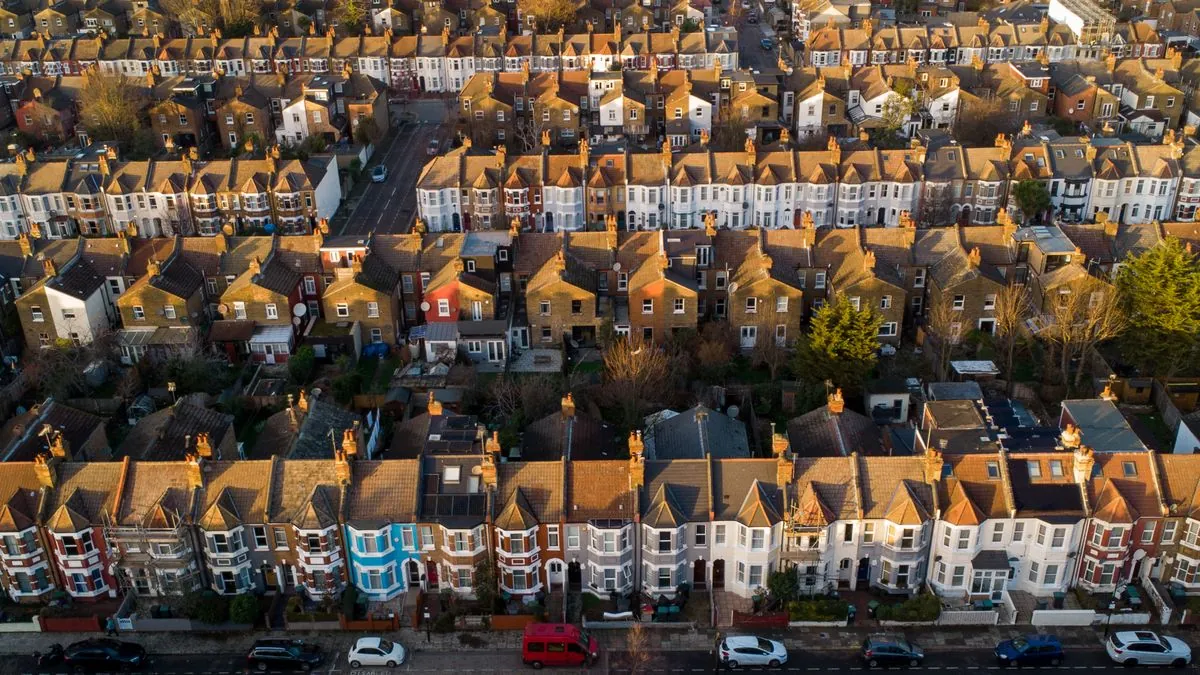Labour's 'Grey Belt' Plan Could Lead to 4M New Homes on Green Belt Land
Analysis reveals Labour's planning reforms could unlock sites for up to 4 million homes on green belt land. The new 'grey belt' definition may allow development on 10% of current protected areas.
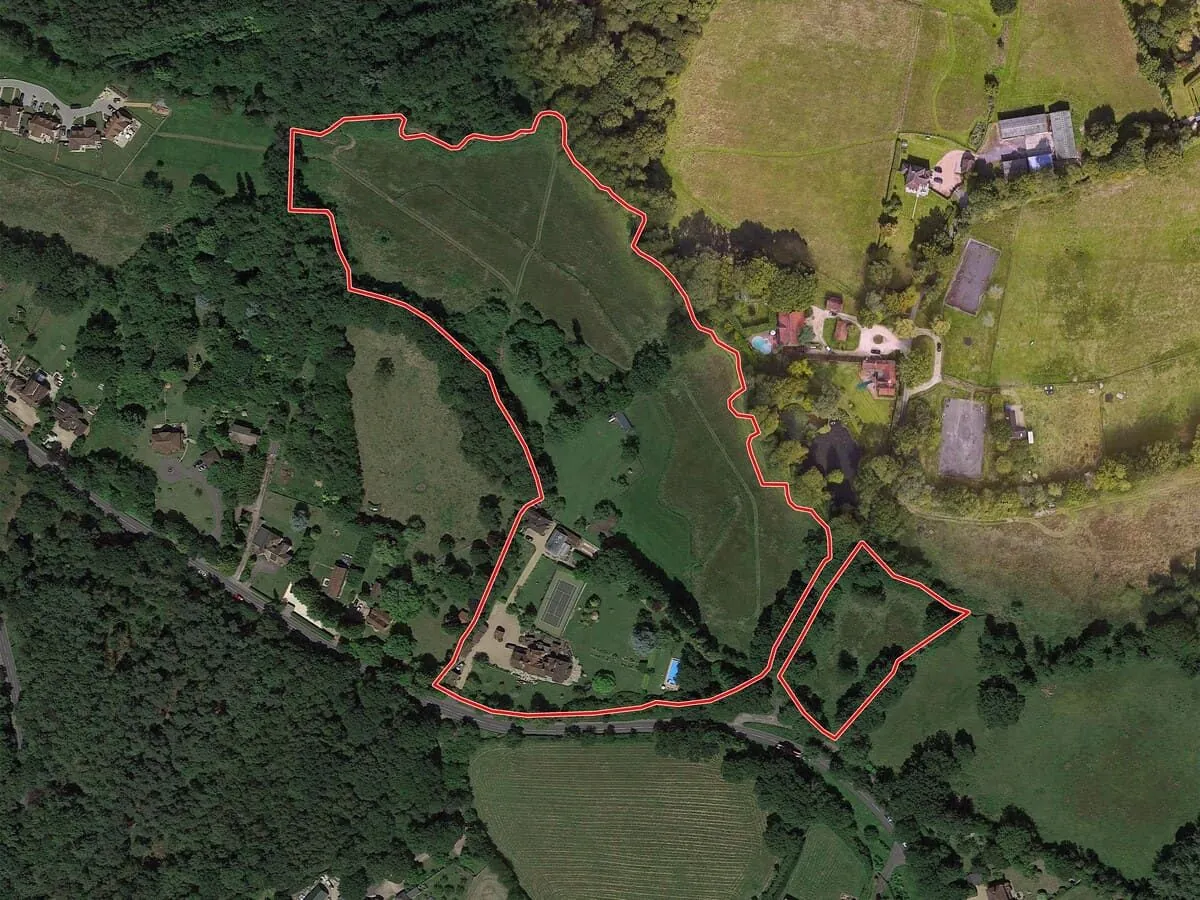
Labour's proposed planning reforms could potentially lead to the construction of up to 4 million new homes on green belt land, according to recent analysis. This significant figure stems from the party's redefinition of 'grey belt' areas, which could unlock approximately 10% of currently protected green belt for development.
Angela Rayner, the Housing Secretary, is spearheading a substantial overhaul of the planning system to fulfill Labour's commitment to constructing 1.5 million homes over the next five years. This ambitious target is part of a broader strategy to address the UK's ongoing housing crisis, which has been a prominent political issue since the early 2000s.
The concept of 'grey belt' land, initially described as "disused car parks, dreary wasteland," has been expanded in Labour's draft National Planning Policy Framework (NPPF). This new definition encompasses not only previously developed land but also areas that make "a limited contribution to the five green belt purposes," primarily aimed at preventing urban sprawl.
Property data company LandTech's analysis suggests that this redefinition could open up 150,000 hectares of land for development. The North West region shows the highest potential, with capacity for up to 801,000 new homes on green belt land. London and the South East could accommodate 275,000 and 523,000 homes respectively.
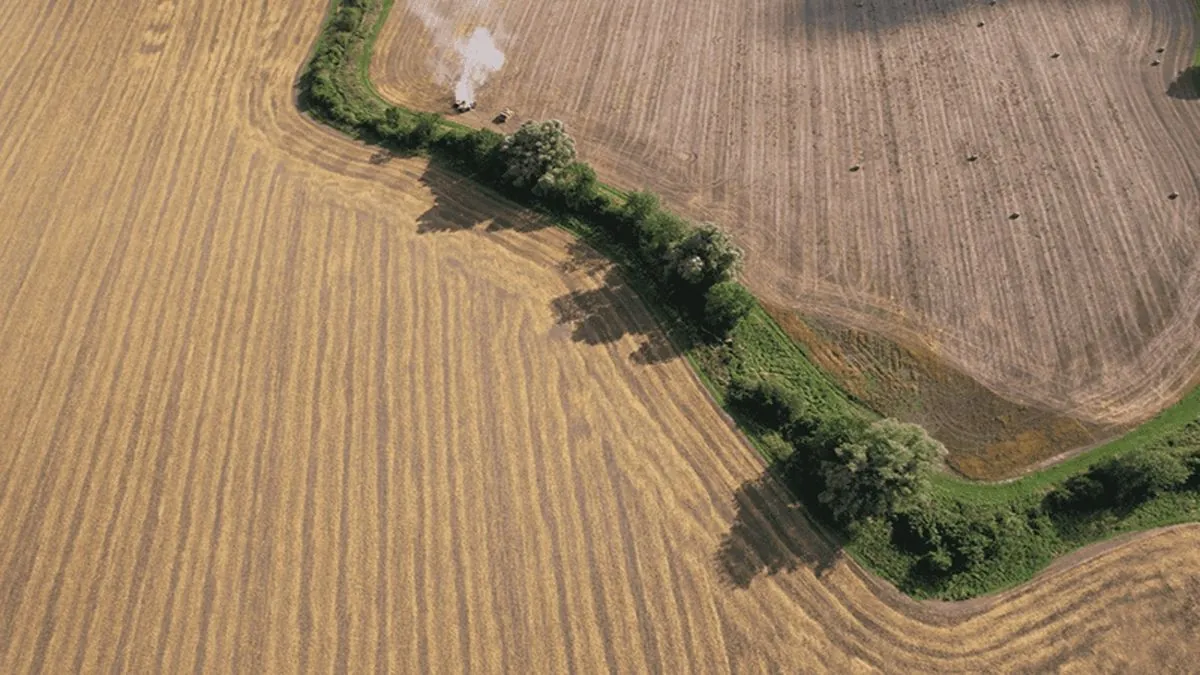
Specific constituencies that could see significant changes include the Labour-held Hexham in Northumberland, with potential for up to 156,000 new green belt homes. Conservative strongholds such as East Surrey and Orpington in London's commuter belt also face substantial development prospects.
The UK's green belt policy has a long history, with the first proposal dating back to 1935 and the Metropolitan Green Belt around London established in 1938. As of 2023, green belt land covers approximately 13% of England's land area, highlighting the significance of these proposed changes.
LandTech's methodology for identifying potential sites involved excluding areas affected by constraints such as flood zones and Areas of Outstanding Natural Beauty. They focused on land within 100 meters of existing built-up areas, considering these as sustainable locations for development.
"It is the next and subsequent parliamentary terms that are of particular interest. Certainly what we are seeing is the foundations being laid for long-term growth. The housing crisis will not be fixed in five years, it needs a long-term strategy."
This perspective aligns with the historical context of UK housing policy. The New Towns Act of 1946 and the concept of "garden cities" introduced by Ebenezer Howard in 1898 were previous attempts to address housing pressures through planned development.
The government has responded to these findings, stating, "We do not recognise these figures. We remain committed to the protection of the Green Belt, and while we must build homes to deal with the housing crisis, development on the Green Belt will only be allowed where there is a real need and will not come at the expense of the environment."
As the debate continues, it's clear that balancing housing needs with environmental protection remains a complex challenge, echoing discussions that have shaped UK planning policy for nearly a century.























